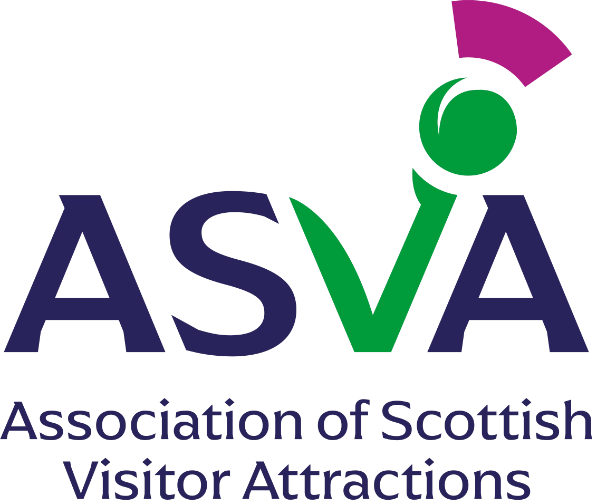The new strategy builds on the achievements of the first strategy, which guided the collective work of the sector and Museums Galleries Scotland (MGS) from 2012 to 2022.
Following extensive consultation, the 2023- 2030 strategy outlines a shared vision that: “Scotland’s museums and galleries are thriving, connected, and resilient organisations which are agile in embracing change. Trusted and valued by the widest diversity of Scotland’s people, our collections, and the shared stories we tell, are accessible and inclusive to all.”
The strategy supports museums and galleries to meet changing environmental, economic, and social contexts and to strengthen their invaluable role at the heart of Scotland’s communities.
Consultations with museums, galleries, and a wide range of stakeholders started in December 2021 to understand how to ensure the future success and relevance of the sector. Ten priority areas were identified and the strategy groups these priorities into three interlinking strands of Connection, Workforce, and Resilience.
At the strategy’s core is the need to ensure that Scotland’s museum and gallery collections are cared for, accessible, and shared through strong partnership working, both within and outside the sector, collaborating on vital and relevant work across the culture, arts and heritage sector as well as Scotland’s wider social and economic economy.
The three strategy strands interlink as do the ten priority areas as development across all these areas will help achieve the strategy vision.
Lucy Casot, CEO of Museums Galleries Scotland said: “Our sector asked for an ambitious yet achievable strategy which reflects the social and economic contexts of the aftermath of the Covid-19 pandemic, whilst highlighting the unique potential of museums and galleries.
For us, it is important that the strategy is practical and grounded, supporting development across areas identified through consultations as essential for the future of our sector. MGS will champion and support all museums across Scotland to respond to the opportunities and collective ambition set out in the strategy.”
Culture Minister Neil Gray said:“We are fortunate in Scotland to have museums and galleries that care for and promote our rich cultural heritage so that these inspiring places can be accessed and shared by everyone.
“I’m delighted to welcome this new strategy which builds on Museum Galleries Scotland’s work with the sector to create a best practice model of collaboration and shared learning. This will ensure that future generations will be able to enjoy these fantastic collections.”
Mike Benson, Director of the Scottish Crannog Centre said:“The strategy captures and sets out a shared sense of mission for the sector in Scotland. It sees museums as places of activism, as places that are rooted in their communities, and as places that can build strong connections inside and out to create museums that anyone would want to be part of.
The strategy is a foundation for museums to develop a workforce that grows in skills and confidence in their role in creating a fairer, more equal society and how our collections matter as part of a changing world. It’s through a diverse workforce that we become better connected and more resilient.
I relish the opportunity to collaborate with colleagues across the sector and beyond in delivering the work set out in this strategy.”
Today MGS also launches a new website designed to provide museums with support and inspiration to deliver the strategy. The website will help showcase the work of museums, helping to share learning and also spotlight best practice.
The strategy can be found on MGS’s website, which includes an introductory film, as well as case studies, and a short animated film which provides a simple guide on how the strategy is structured and how it will be delivered.

